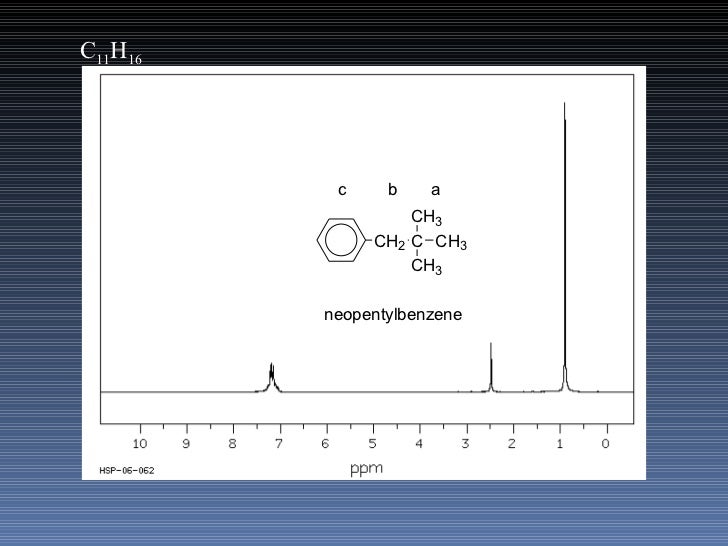
This method relies purely on measurable MR quantities, making it applicable to MR measurements. Recently, a new approach, called deep learning-electrical properties tomography (DL-EPT), 13 has been proposed, where the inverse transformation is learned by means of a convolutional neural network. 8, 9 Furthermore, CSI-EPT reconstructions suffer from artifacts arising from the low electric field strength at the center of a volume transmit coil and local minima, making CSI-EPT reconstructions dependent upon their initialization. However, these methods are limited by their computational complexity and the need for EM quantities that are not directly accessible with MRI measurements (such as background fields or transmit phase). This avoids the need to compute spatial derivatives of measured data, making these methods in principle more noise-robust. Inverse methods like contrast source inversion electrical properties tomography (CSI-EPT) 10- 12 aim to reconstruct EPs by solving a minimization problem iteratively, where the EP model is fitted to the measuredįield. However, this operation leads to severe boundary errors and noise amplification in the reconstructed EP maps. Direct methods based on the Helmholtz equation aim to reconstruct tissue EPs from MR measurements by computing spatial derivatives of the measuredįield. 8, 9ĮPT approaches can be divided into two major categories: direct and inverse methods. 7 This technique was referred to as electrical properties tomography (EPT). 5, 6 In 1991, the possibility of retrieving tissue electrical properties in the radio-frequency range from MR measurements of the circularly polarized transmit magnetic field There have been several approaches to measure in vivo tissue electrical properties noninvasively. 1, 2 Furthermore, due to the relation between conductivity and ionic content, in vivo measurements of tissue EPs can in principle provide clinical information about pathological tissues, making them a potentially useful biomarker for diagnostic purposes and treatment monitoring. Knowledge of in vivo tissue electrical properties (EPs: conductivity σ and relative permittivity ε r) is of high interest for different applications such as improving the local specific absorption rate quantification used in, for example, hyperthermia treatment planning or safety assessment in MRI. magnetic resonance electrical properties tomography.DL-EPT combined with standard 3D CSI-EPT exploits the power of data-driven DL-based EPT reconstructions, while the subsequent CSI-EPT facilitates a better generalization by providing data consistency.

Our results indicate that a hybrid method consisting of an initial DL-EPT reconstruction followed by a 3D CSI-EPT reconstruction would be beneficial. Using realistic electromagnetic simulations at 3 and 7 T, the accuracy and precision of hybrid CSI reconstructions are compared with those of standard 3D CSI-EPT reconstructions. Here, we investigate the benefits achievable using a hybrid approach, that is, using MR-EPT or DL-EPT as initialization guesses for standard 3D CSI-EPT. Deep learning (DL) based methods require a large amount of training data before sufficient generalization can be achieved.

Iterative reconstruction methods such as contrast source inversion electrical properties tomography (CSI-EPT) are typically time-consuming and are dependent on their initialization. Standard Helmholtz-based MR-EPT methods are severely affected by noise. Different reconstruction methods are available however, all these methods present several limitations, which hamper the clinical applicability. So that way our CH two would see no other hydrogen and our CH three would see no other hydrogen.Magnetic resonance electrical properties tomography (MR-EPT) is a technique used to estimate the conductivity and permittivity of tissues from MR measurements of the transmit magnetic field. And then on the other side we have our CH three. So that means that we probably have our CH two here next to a carbondale. But because these are both single, it's they don't see each other.

So those are going to be coming off the substituted carbon. And then we have two hydrogen At 3.7 and they're single and we have three Hydrogen that's also a single. And here remember that, That means we're going to have and mono substituted product here Because these will be our five hydrogen. So 6-8 parts per million is going to be our aromatic hydrogen. So coming off somewhere, we're gonna have a carbon deal of some sort. So you have three pi bonds in a ring that's four degrees a saturation. And typically When you have four or 5 you have a benzene ring. So we multiply the number of carbons by two and add to Subtract the number of hydrogen and divide by two. So this will tell us the total number of rings and pi bonds. So first let's find the grease, one saturation. In this problem, we want to figure out a structure given this information.


 0 kommentar(er)
0 kommentar(er)
